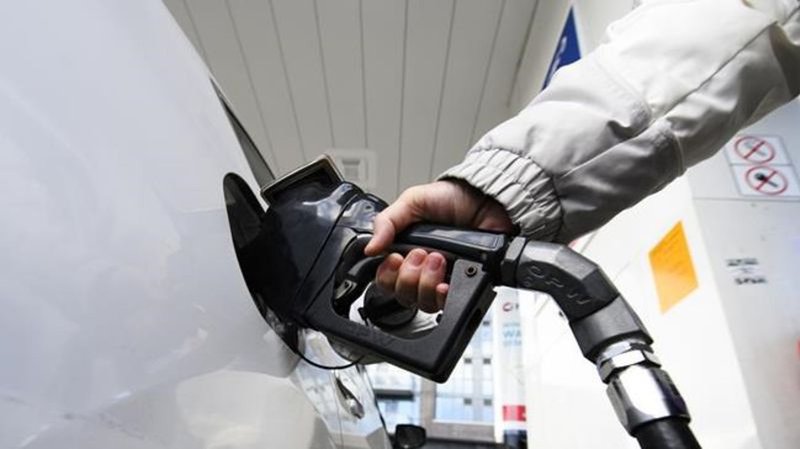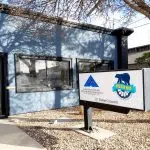
Carbon pricing 101: What today’s increase could mean for you
OTTAWA — The national price on pollution will rise by $15 per tonne today. Here’s some questions answered about what this could mean for you.
Who pays the carbon price?
Canada has two different carbon pricing programs — one for big industry where companies pay the price on a share of their actual emissions, and a consumer carbon levy which is applied to fossil fuel purchases. The consumer levy affects individuals, small and medium-sized businesses, First Nations, as well as public-sector operations such as hospitals, universities, schools and municipalities.
The price change on April 1 affects the consumer levy, which applies in every province and territory except British Columbia, Quebec and Northwest Territories.



